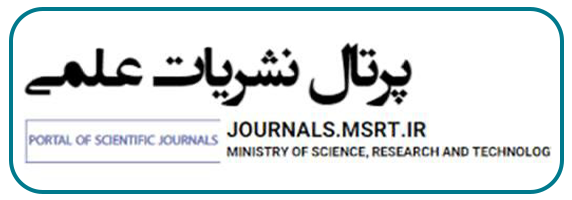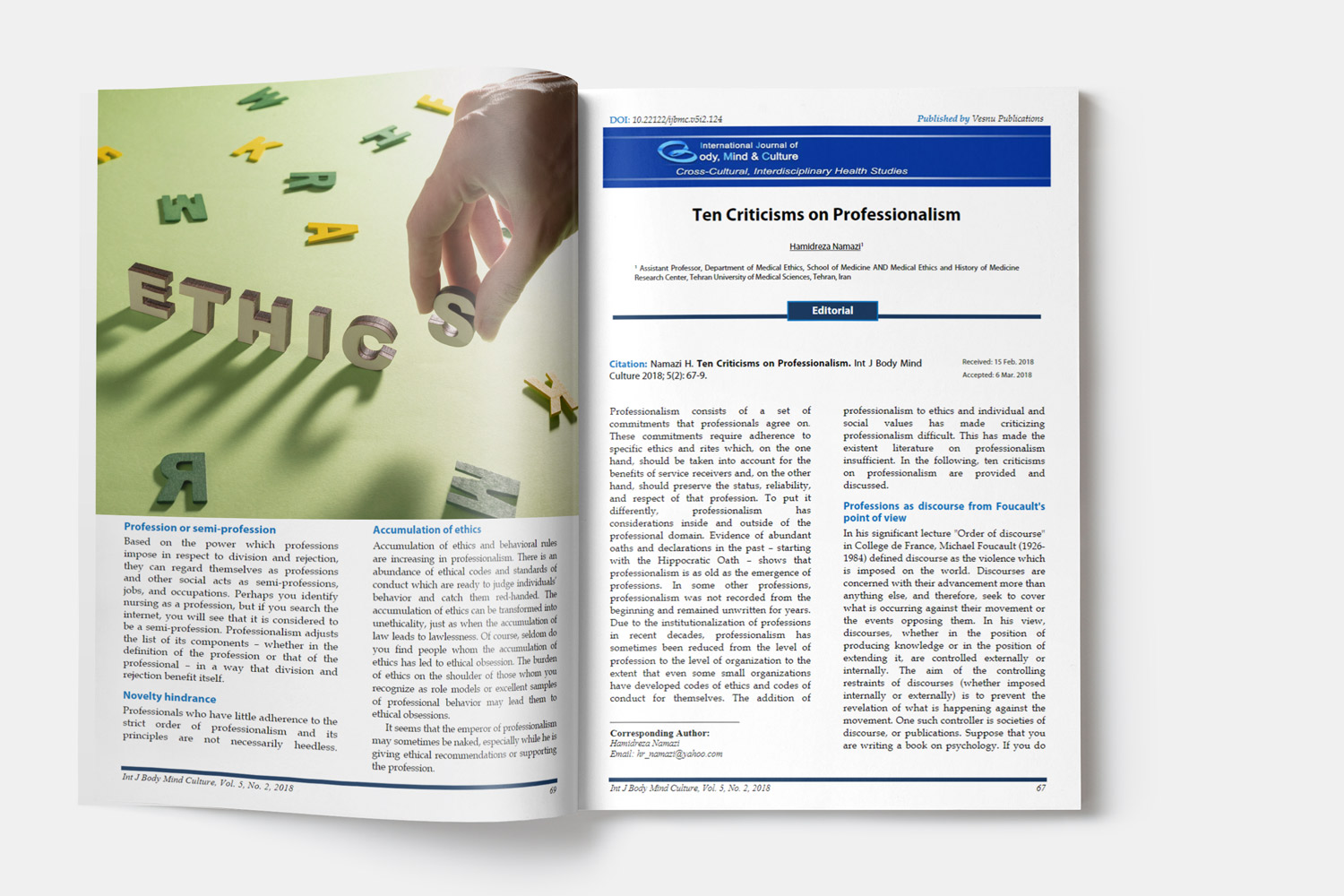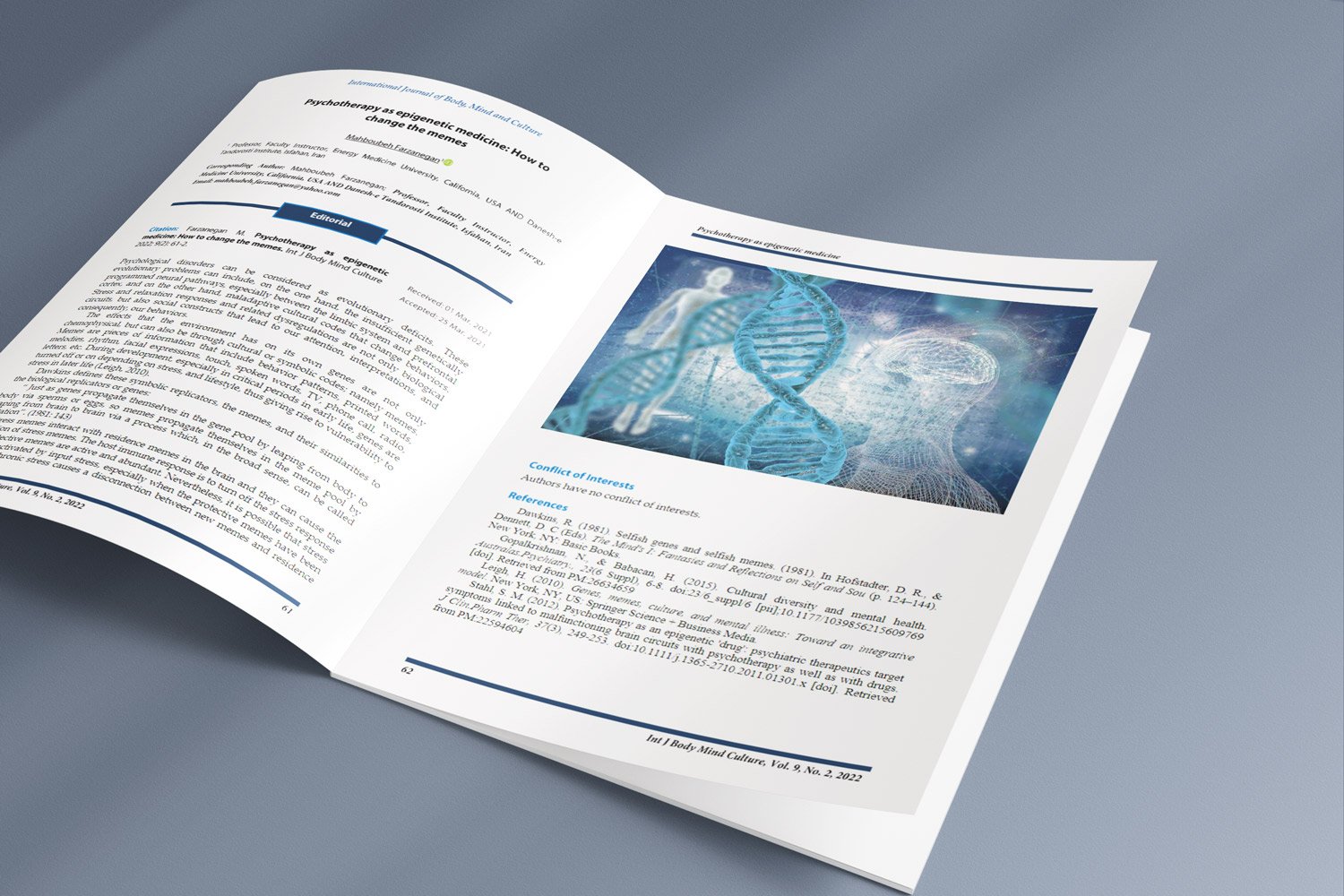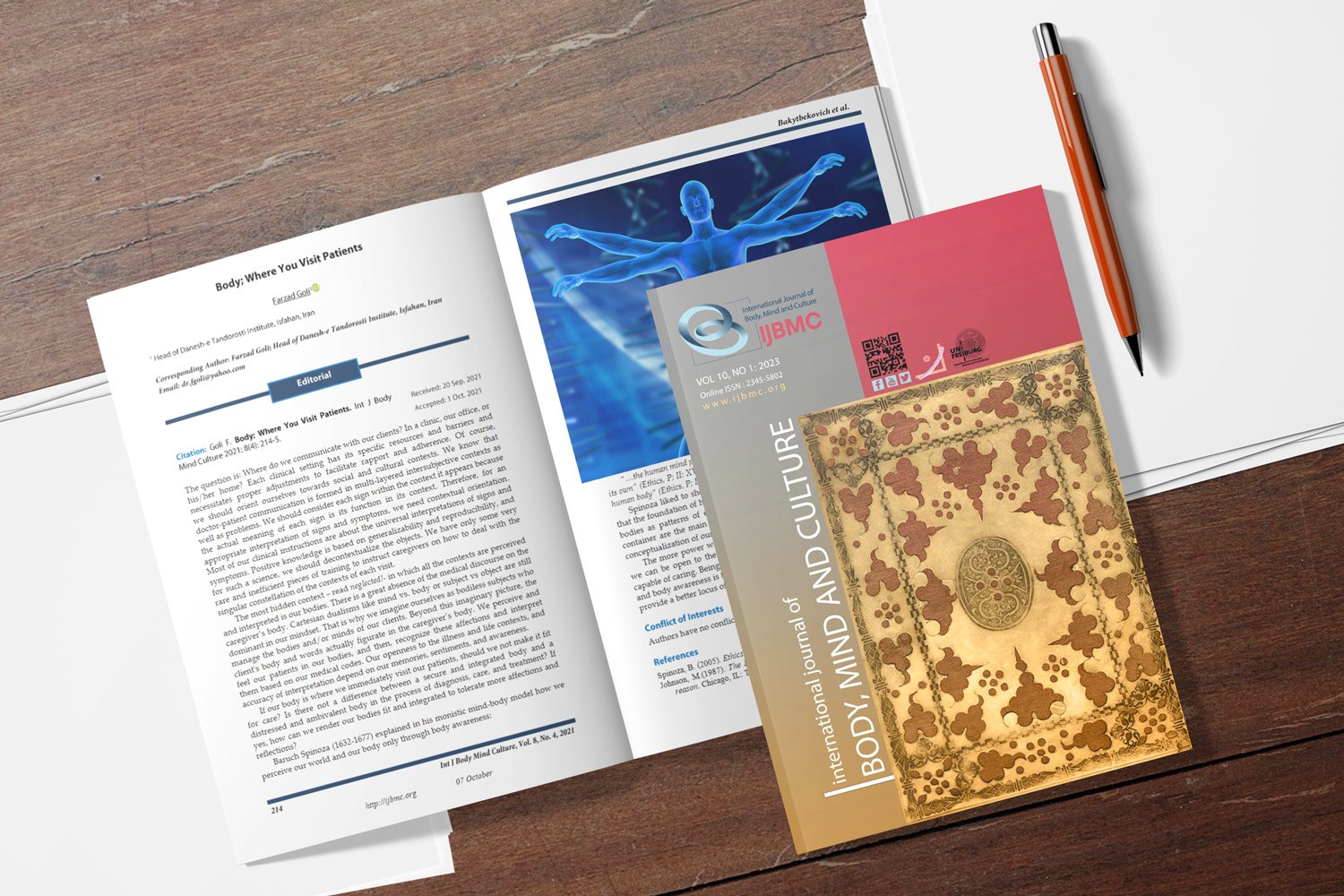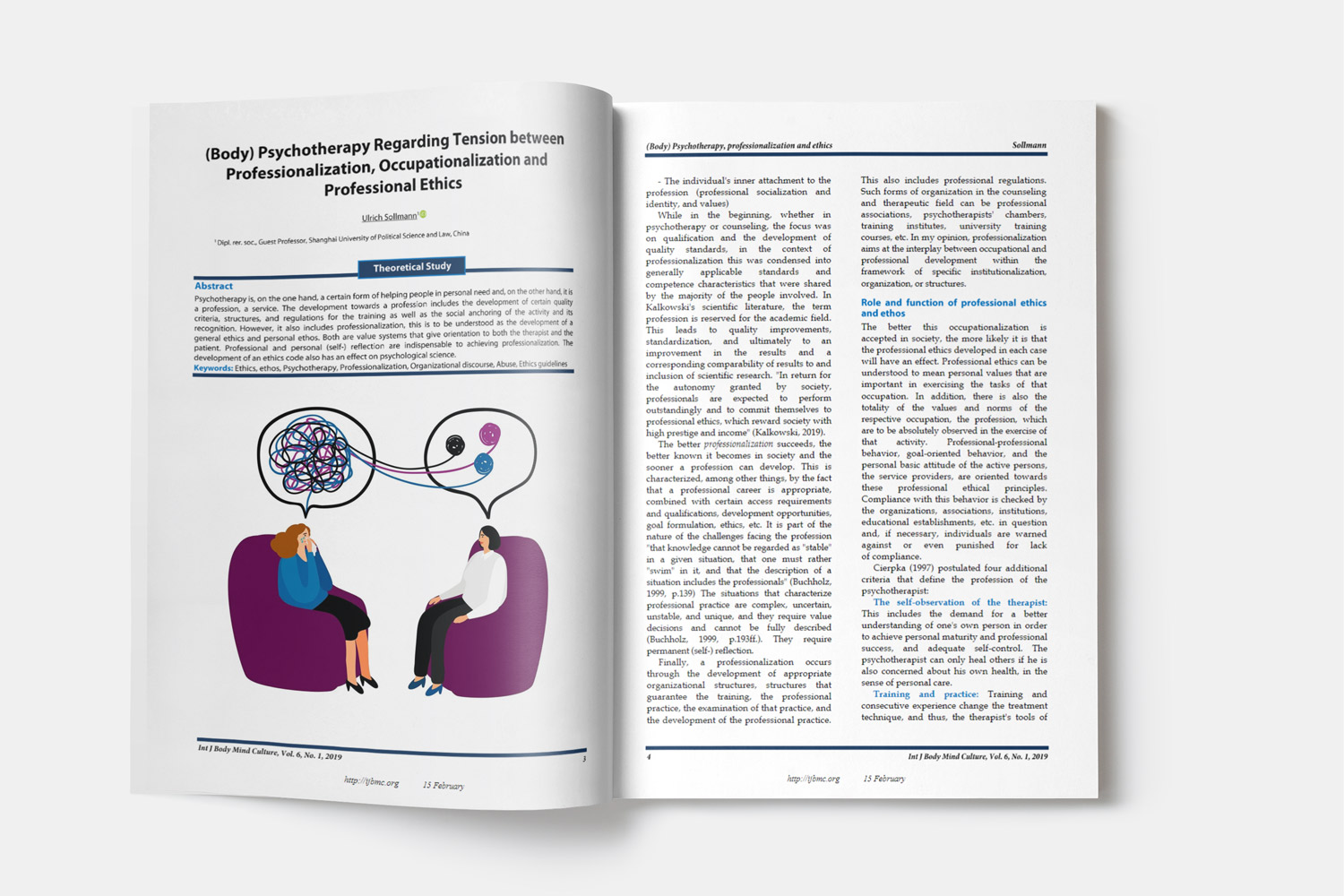Is Obesity a Risk Factor of Bullying at Intermediate School in the City of Hail?
Bullying related to obesity among intermediate school pupils
Downloads
Background: Bullying is aggressive behavior carried out by an individual or a group of people against another person or another group. This study was conducted to assess the prevalence of bullying related to obesity among intermediate school pupils.
Methods: In the Ha'il region of Saudi Arabia in the year 2022, a cross-sectional study was conducted at governmental intermediate schools. The study involved 1089 students (566 girls and 523 boys) who successfully completed the research out of an initial total of 1275 students. About 10% of the initial sample was excluded due to missing data, 5% because of bullying unrelated to obesity, and 2% due to experiencing bullying outside of the school setting. Statistical analyses were carried out using the SPSS® software. To discern differences among bullying groups across various variables, one-way and two-way repeated measures analysis of variance (ANOVA) were used. The correlation between body mass index (BMI) and bullying was assessed using bivariate Pearson’s product-moment correlation to check for collinearity. All statistical tests were two-sided, and a type I error (α) of 0.05 was applied.
Results: A positive correlation between BMI and bullying (r = 0.058; P = 0.040) was reported. The overall rate of bullying was 31% with the most prevalent type of bullying being verbal (77.5%) followed by physical (14.8%) and social (7.7%). Moreover, students of 15 years of age were more at risk of being bullied than their peers (12.4%). However, no significant difference related to sex or educational level variables was reported. Moreover, the results indicated that 94% of the students who were bullied did not get enough sleep (> 7 hours; P < 0.001). ANOVA indicated that 86.9% of students experiencing bullying resort to eating when facing stress and tension. Additionally, 52% of bullied students exhibit irregular eating habits, foregoing regular meals.
Conclusion: In the present study, a high prevalence rate of bullying related to obesity among schoolchildren was reported. Therefore, mandatory serious efforts should be undertaken in the region by educational staff (i.e., teachers), health care providers, and decision-makers to deal with the problem. Additionally, health programs need to be endorsed in schools for the prevention and management of childhood obesity in the region.
Downloads
Abedelmalek, S., Adam, H., Alardan, S., Yassin, S., Chtourou, H., & Souissi, N. (2022a). Physical activity, sleep patterns and diet habits as well as the prevalence of obesity among adolescents: A cross sectional study from Ha'il City in Saudi Arabia. Int J Environ.Res Public Health, 19(23): 16174. doi:ijerph192316174 [pii];ijerph-19-16174 [pii];10.3390/ijerph192316174 [doi]. Retrieved from PM:36498248
Abedelmalek, S., Aloui, K., Denguezli, B. M., Adam, H., Souissi, N., & Chtourou, H. (2022b). Exergaming during Ramadan intermittent fasting improve body composition as well as physiological and psychological responses to physical exercise in adolescents with obesity. Front.Nutr., 9 , 851054. doi:10.3389/fnut.2022.851054 [doi]. Retrieved from PM:35836586
Aljaadi, A. M., & Alharbi, M. (2020). Overweight and obesity among Saudi children: Prevalence, lifestyle factors, and health impacts. In I. Laher (Ed.), Handbook of healthcare in the Arab World (pp. 1-25). Cham, Switzerland: Springer International Publishing.
Alsaleem, M. A., Alhashem, H. A., Alsaleem, S. A., & Mahfouz, A. A. (2021). Bullying prevalence among secondary school children in Khamis Mushait City, Southwestern Saudi Arabia. Behav Sci (Basel.), 11 (10): 134. doi:bs11100134 [pii];behavsci-11-00134 [pii];10.3390/bs11100134 [doi]. Retrieved from PM:34677227
Althumiri, N. A., Basyouni, M. H., AlMousa, N., AlJuwaysim, M. F., Almubark, R. A., BinDhim, N. F. et al. (2021). Obesity in Saudi Arabia in 2020: Prevalence, distribution, and its current association with various health conditions. Healthcare.(Basel.), 9(3): 311. doi:healthcare9030311 [pii];healthcare-09-00311 [pii];10.3390/healthcare9030311 [doi]. Retrieved from PM:33799725
Ammar, A., Brach, M., Trabelsi, K., Chtourou, H., Boukhris, O., Masmoudi, L. et al. (2020). Effects of COVID-19 home confinement on eating behaviour and physical activity: Results of the ECLB-COVID19 International Online Survey. Nutrients., 12(6): 1583. doi:nu12061583 [pii];nutrients-12-01583 [pii];10.3390/nu12061583 [doi]. Retrieved from PM:32481594
Astor, R. A., Benbenishty, R., Zeira, A., & Vinokur, A. (2002). School climate, observed risky behaviors, and victimization as predictors of high school students' fear and judgments of school violence as a problem. Health Educ Behav, 29(6), 716-736. doi:10.1177/109019802237940 [doi]. Retrieved from PM:12456131
Biswas, T., Scott, J. G., Munir, K., Thomas, H. J., Huda, M. M., Hasan, M. M. et al. (2020). Global variation in the prevalence of bullying victimisation amongst adolescents: Role of peer and parental supports. EClinicalMedicine., 20, 100276. doi:S2589-5370(20)30020-1 [pii];100276 [pii];10.1016/j.eclinm.2020.100276 [doi]. Retrieved from PM:32300737
Brixval, C. S., Rayce, S. L., Rasmussen, M., Holstein, B. E., & Due, P. (2012). Overweight, body image and bullying--an epidemiological study of 11- to 15-years olds. Eur. J Public Health, 22(1), 126-130. doi:ckr010 [pii];10.1093/eurpub/ckr010 [doi]. Retrieved from PM:21382970
deLara, E. W. (2019). Consequences of childhood bullying on mental health and relationships for young adults. J Child Fam Stud, 28(9), 2379-2389. doi: doi.org/10.1007/s10826-018-1197-y [doi].
Donoghue, C., & Meltzer, L. J. (2018). Sleep it off: Bullying and sleep disturbances in adolescents. J Adolesc., 68, 87-93. doi:S0140-1971(18)30147-7 [pii];10.1016/j.adolescence.2018.07.012 [doi]. Retrieved from PM:30067959
Garmy, P., Vilhjalmsson, R., & Kristjansdottir, G. (2018). Bullying in school-aged children in Iceland: A cross-sectional study. J Pediatr.Nurs, 38, e30-4. doi:S0882-
(17)30168-9 [pii];10.1016/j.pedn.2017.05.009 [doi]. Retrieved from PM:28583432
Herazo-Beltrán, Y., Campo-Ternera, L., García-Puello, F., Méndez, O., Suarez-Villa, M., & Vásquez-De la Hoz, F. et al. (2019). Relationship between physical activity and emotional intelligence and bullying among school children. Revista de Psicologia del Deporte, 28(1), 97-104.
Hysing, M., Askeland, K. G., La Greca, A. M., Solberg, M. E., Breivik, K., & Sivertsen, B. (2021). Bullying involvement in adolescence: Implications for sleep, mental health, and academic outcomes. J Interpers.Violence, 36(17-18), NP8992-NP9014. doi:10.1177/0886260519853409 [doi]. Retrieved from PM:31179829
Jansen, P. W., Mieloo, C. L., Dommisse-van Berkel, A., Verlinden, M., van der Ende, J., Stevens, G. et al. (2016). Bullying and victimization among young elementary school children: The Role of child ethnicity and ethnic school composition. Race Soc Probl, 8(4), 271-280. doi: 10.1007/s12552-016-9182-9 [doi].
Janssen, I., Craig, W. M., Boyce, W. F., & Pickett, W. (2004). Associations between overweight and obesity with bullying behaviors in school-aged children. Pediatrics., 113(5), 1187-1194. doi:10.1542/peds.113.5.1187 [doi]. Retrieved from PM:15121928
Jimenez Barbero, J. A., Jimenez-Loaisa, A., Gonzelez-Cutre, D., Beltran-Carrillo, V., Llor-Zaragoza, L., & Ruiz Hernundez, J. (2019). Physical education and school bullying: A systematic review. Phys Educ Sport Pedagogy, 25(1), 79-100.
Juvonen, J., & Graham, S. (2014). Bullying in schools: the power of bullies and the plight of victims. Annu.Rev Psychol, 65, 159-185. doi:10.1146/annurev-psych-010213-115030 [doi]. Retrieved from PM:23937767
Kaltiala-Heino, R., Rimpela, M., Rantanen, P., & Rimpela, A. (2000). Bullying at school--an indicator of adolescents at risk for mental disorders. J Adolesc., 23(6), 661-674. doi:S0140-1971(00)90351-8 [pii];10.1006/jado.2000.0351 [doi]. Retrieved from PM:11161331
Krukowski, R. A., West, D. S., Philyaw, P. A., Bursac, Z., Phillips, M. M., & Raczynski, J. M. (2009). Overweight children, weight-based teasing and academic performance. Int J Pediatr.Obes., 4(4), 274-280. doi:10.3109/17477160902846203 [pii];10.3109/17477160902846203 [doi]. Retrieved from PM:19922042
Kubiszewski, V., Fontaine, R., Potard, C., & Gimenes, G. (2014). Bullying, sleep/wake patterns and subjective sleep disorders: Findings from a cross-sectional survey. Chronobiol.Int, 31(4), 542-553. doi:10.3109/07420528.2013.877475 [doi]. Retrieved from PM:24417522
Lee, B., Jeong, S., & Roh, M. (2018). Association between body mass index and health outcomes among adolescents: The mediating role of traditional and cyber bullying victimization. BMC Public Health, 18(1), 674. doi:10.1186/s12889-018-5390-0 [pii];5390 [pii];10.1186/s12889-018-5390-0 [doi]. Retrieved from PM:29848300
Lie, S. O., Ro, O., & Bang, L. (2019). Is bullying and teasing associated with eating disorders? A systematic review and meta-analysis. Int J Eat.Disord, 52(5), 497-514. doi:10.1002/eat.23035 [doi]. Retrieved from PM:30706957
Lunde, C., Frisen, A., & Hwang, C. P. (2006). Is peer victimization related to body esteem in 10-year-old girls and boys? Body Image., 3(1), 25-33. doi:S1740-1445(05)00103-8 [pii];10.1016/j.bodyim.2005.12.001 [doi]. Retrieved from PM:18089206
Lunde, C., & Frisen, A. (2011). On being victimized by peers in the advent of adolescence: Prospective relationships to objectified body consciousness. Body Image., 8(4), 309-314. doi:S1740-1445(11)00055-6 [pii];10.1016/j.bodyim.2011.04.010 [doi]. Retrieved from PM:21664888
Mechraoui, O., Jelleli, H., Fekih-Romdhane, F., Mahmoud, R., Saidane, M., Guelmemi, N. et al. (2023). The relationship between nomophobia and psychological distress in Tunisian students. TunJ Sport Sci Med, 1, 1, 8-19. 8-19. doi: 10.61838/kman.tjssm.1.1.3 [doi].
National Sleep Foundation. (2022 Aug 22). How Much Sleep Do I Need? [Onlin]. Available from: URL: https://www.webmd.com/sleep-disorders/sleep-requirements. Accessed 2022 Aug 22.
Neumark-Sztainer, D., Falkner, N., Story, M., Perry, C., Hannan, P. J., & Mulert, S. (2002). Weight-teasing among adolescents: correlations with weight status and disordered eating behaviors. Int J Obes.Relat.Metab.Disord, 26(1), 123-131. doi:10.1038/sj.ijo.0801853 [doi]. Retrieved from PM:11791157
Ngantcha, M., Janssen, E., Godeau, E., Ehlinger, V., Le-Nezet, O., Beck, F. et al. (2018). Revisiting factors associated with screen time media Use: A Structural study among school-aged adolescents. J Phys Act.Health, 15(6), 448-456. doi:10.1123/jpah.2017-0272 [doi]. Retrieved from PM:29569992
Ngo, A. T., Nguyen, L. H., Dang, A. K., Hoang, M. T., Nguyen, T. H. T., Vu, G. T. et al. (2021). Bullying experience in urban adolescents: Prevalence and correlations with health-related quality of life and psychological issues. PLoS One, 16(6), e0252459. doi:PONE-D-21-03080 [pii];10.1371/journal.pone.0252459 [doi]. Retrieved from PM:34101739
Nguyen, H. T. L., Nakamura, K., Seino, K., & Vo, V. T. (2020). Relationships among cyberbullying, parental attitudes, self-harm and suicidal behavior among adolescents: results from a school-based survey in Vietnam. BMC Public Health, 20(1), 476. doi:10.1186/s12889-020-08500-3 [pii];8500 [pii];10.1186/s12889-020-08500-3 [doi]. Retrieved from PM:32276608
Paeratakul, S., Ferdinand, D. P., Champagne, C. M., Ryan, D. H., & Bray, G. A. (2003). Fast-food consumption among US adults and children: dietary and nutrient intake profile. J Am.Diet.Assoc, 103(10), 1332-1338. doi:S0002822303010861 [pii];10.1016/s0002-8223(03)01086-1 [doi]. Retrieved from PM:14520253
Pan, L., Li, X., Feng, Y., & Hong, L. (2018). Psychological assessment of children and adolescents with obesity. J Int Med Res, 46(1), 89-97. doi:10.1177_0300060517718733 [pii];10.1177/0300060517718733 [doi]. Retrieved from PM:28730865
Povedano , A., Estevez , E. , Martinez , B. n., & Maria, C. (2012). A psychosocial profile of adolescent aggressors and school victims: Analysis of gender differences. International Journal of Social Psychology, 27(2), 169-182. doi: 10.1174/021347412800337906 [doi]. doi: 10.1174/021347412800337906.
Puhl, R. M., & Heuer, C. A. (2009). The stigma of obesity: a review and update. Obesity (Silver.Spring.), 17(5), 941-964. doi:oby2008636 [pii];10.1038/oby.2008.636 [doi]. Retrieved from PM:19165161
Puhl, R., & Suh, Y. (2015). Health Consequences of Weight Stigma: Implications for Obesity Prevention and Treatment. Current Obesity Reports, 4(2), 182-190. doi: 10.1007/s13679-015-0153-z [doi].
Randa, R., Reyns, B. W., & Nobles, M. R. (2019). Measuring the effects of limited and persistent school bullying victimization: Repeat victimization, fear, and adaptive behaviors. J Interpers.Violence, 34(2), 392-415. doi:0886260516641279 [pii];10.1177/0886260516641279 [doi]. Retrieved from PM:27056445
Rankin, J., Matthews, L., Cobley, S., Han, A., Sanders, R., Wiltshire, H. D. et al. (2016). Psychological consequences of childhood obesity: Psychiatric comorbidity and prevention. Adolesc.Health Med Ther, 7, 125-146. doi:ahmt-7-125 [pii];10.2147/AHMT.S101631 [doi]. Retrieved from PM:27881930
Robinson, T. N., Banda, J. A., Hale, L., Lu, A. S., Fleming-Milici, F., Calvert, S. L. et al. (2017). Screen media exposure and obesity in children and adolescents. Pediatrics., 140(Suppl 2), S97-S101. doi:peds.2016-1758K [pii];peds.2016-1758K.140.S2.S97 [pii];10.1542/peds.2016-1758K [doi]. Retrieved from PM:29093041
Russo, L. X. (2020). [Association of victimization from bullying with body mass index in schoolchildren]. Cad.Saude Publica., 36(10), e00182819. doi:S0102-311X2020001005010 [pii];10.1590/0102-311X00182819 [doi]. Retrieved from PM:33084832
Sampasa-Kanyinga, H., Chaput, J. P., Hamilton, H. A., & Colman, I. (2018). Bullying involvement, psychological distress, and short sleep duration among adolescents. Soc Psychiatry Psychiatr.Epidemiol, 53(12), 1371-1380. doi:10.1007/s00127-018-1590-2 [pii];10.1007/s00127-018-1590-2 [doi]. Retrieved from PM:30167732
Silva, M. A., Pereira, B., Mendonca, D., Nunes, B., & de Oliveira, W. A. (2013). The involvement of girls and boys with bullying: An analysis of gender differences. Int J Environ.Res Public Health, 10(12), 6820-6831. doi:ijerph10126820 [pii];ijerph-10-06820
[pii];10.3390/ijerph10126820 [doi]. Retrieved from PM:24317387
Strasburger, V. C. (2011). Children, adolescents, obesity, and the media. Pediatrics., 128(1), 201-208. doi:peds.2011-1066 [pii];10.1542/peds.2011-1066 [doi]. Retrieved from PM:21708800
Strauss, R. S., & Pollack, H. A. (2003). Social marginalization of overweight children. Arch.Pediatr.Adolesc.Med, 157(8), 746-752. doi:157/8/746 [pii];10.1001/archpedi.157.8.746 [doi]. Retrieved from PM:12912779
Swiss Society of Nutrition. (2020). Nutricalc Questionnaire [Online]. Available from: URL: https://journals.plos.org/plosone/article/file?type=supplementary&id=info:doi/10.1371/journal.pone.0143293.s003. Accessed 2020.
van, Geel. M., Vedder, P., & Tanilon, J. (2014). Are overweight and obese youths more often bullied by their peers? A meta-analysis on the correlation between weight status and bullying. Int J Obes.(Lond.), 38(10), 1263-1267. doi:ijo2014117 [pii];10.1038/ijo.2014.117 [doi]. Retrieved from PM:25002148
Vicente-Rodriguez, G., Rey-Lopez, J. P., Martin-Matillas, M., Moreno, L. A., Warnberg, J., Redondo, C. et al. (2008). Television watching, videogames, and excess of body fat in Spanish adolescents: the AVENA study. Nutrition., 24(7-8), 654-662. doi:S0899-9007(08)00138-X [pii];10.1016/j.nut.2008.03.011 [doi]. Retrieved from PM:18472399
Wright, C. M. (2021). Are we overdiagnosing obesity in preschool children? Arch.Dis Child, 106(3), 212-214. doi:archdischild-2020-318857 [pii];10.1136/archdischild-2020-318857 [doi]. Retrieved from PM:32444449
Copyright (c) 2024 International Journal of Body, Mind and Culture

This work is licensed under a Creative Commons Attribution-NonCommercial 4.0 International License.






